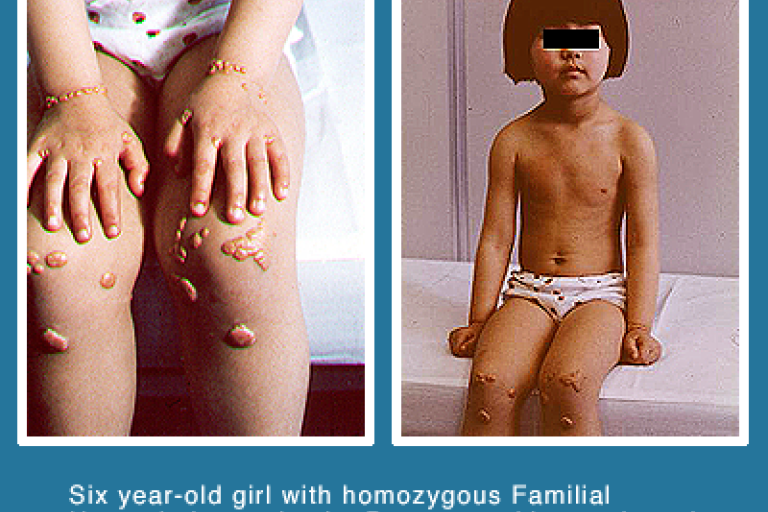From the earliest studies of the LDL receptor, the Brown/Goldstein team recognized that the receptor was regulated. When cells are deprived of cholesterol, the number of receptors increases. Conversely, when cholesterol accumulates in cells, the receptor gene is silenced and the number of receptors falls. In the body, the liver produces the most LDL receptors and therefore it removes most LDL from blood. Goldstein and Brown realized that the number of receptors in the liver could be made to increase if the cholesterol content of liver cells could be lowered. This can be achieved by eating a diet that is low in cholesterol and saturated fats. It can also be achieved by drugs that block the synthesis of cholesterol by inhibiting the rate-determining enzyme 3-hydroxy-3-methylglutaryl coenzyme A reductase (HMG CoA reductase). In 1975 a Japanese scientist, Akira Endo, discovered potent HMG CoA reductase inhibitors as natural products produced by certain molds. Brown and Goldstein showed that these inhibitors could raise liver LDL receptors in dogs, and this led to a profound fall in plasma LDL levels. The HMG CoA reductase inhibitors were then tested on people, and they were shown to produce a profound fall in plasma LDL levels, which in turn leads to a potent protection from heart attacks. This class of drugs, collectively called statins, are taken daily by more than 30 million people worldwide. Their mechanism of action can be traced directly to the work of Brown and Goldstein.
In a quest to understand the precise mechanism for cholesterol regulation of the LDL receptor gene, Brown, Goldstein and their colleagues set out on a long quest to discover the postulated transcription factor that was regulated by cholesterol. This eventually led to the discovery of Sterol Regulatory Element-Binding Proteins (SREBPs) and their unique mechanism of regulation (see Current Research).
